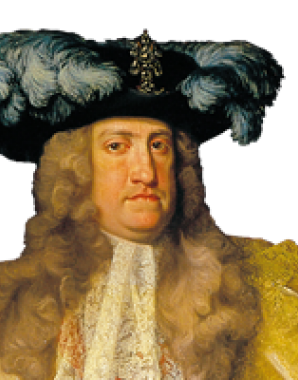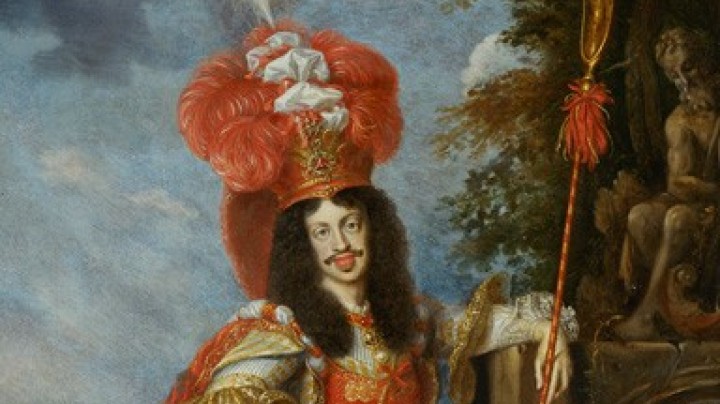Joseph I: Marriage and family
Joseph was married off at an early age in the hope of reining in his dissolute love life.
Solemnized in 1699, the union resulted from dynastic considerations. The bride was Amalia Wilhelmina of Brunswick-Lüneburg (1673–1742), daughter of Duke Johann Friedrich of Brunswick-Calenberg, an important ally of the Habsburgs in northern Germany. The Habsburg dynasty had thus created a diplomatically significant tie with the House of Welf (Guelph). As the dukes of Brunswick-Hanover were in the line of succession to the British throne, the marriage also represented a strengthening of the alliance with Britain against France.
Contemporary accounts describe the bride as very devout and serious, constituting the calm counterpart to her hot-blooded husband Joseph, who was by no means averse to worldly pleasures. Amalia Wilhelmina found support in her influential and deeply religious mother-in-law, who opposed her son’s circle of confidants.
The marriage resulted in three offspring: a son, Leopold Joseph (1700–1701), who died in infancy, and two daughters, which was later to lead to complications in the succession.
The first-born daughter, Maria Josepha (1699–1757), was married to Friedrich August, Elector of Saxony, who followed his father on the Polish throne in 1733. After the death of Charles VI in 1740 Maria Josepha’s dynastic descent formed the basis of Saxony’s claim to the Habsburg inheritance. Said to possess considerable political gifts, Maria Josepha took an active part in the ultimately vain attempts of her husband to gain the imperial crown.
The younger daughter Maria Amalie (1701–1756) was promised to Karl Albrecht, son of the Bavarian elector Karl Emmanuel. He too saw in Joseph’s daughter a means to laying claim to the Habsburg inheritance, despite having waived all such hereditary claims upon his marriage. The wedding in Munich was celebrated with astonishing pomp, the reigning Wittelsbach dynasty wishing to emphasize their pre-eminent position among the electors of the empire. A regional power in the Empire, Bavaria was at that time pursuing an ambitious independent policy that was often directed against the Habsburgs. As allies of France they thought the hour had come in 1740 to make Bavaria a Great Power in Central Europe and laid claim to a share of the Habsburg inheritance. At first this policy met with success: in 1742 Maria Amalie became empress at the side of her husband Karl Albrecht (crowned as Emperor Charles VII) in 1742. The military successes of Austrian troops then turned the tables: Bavaria itself became a theatre of war and Charles and his wife were driven from Munich. Politically isolated, Charles VII eventually died in exile in 1745. Subsequently Maria Amalia promoted the reconciliation of her son, Maximilian III Joseph, with Maria Theresa, as a consequence of which Bavaria duly guaranteed its support for the election of Franz Stephan of Lorraine as emperor of the Holy Roman Empire.
Since Amalia Wilhelmina had become infertile as the result of a venereal disease which Joseph had contracted from one of his many extra-marital affairs and with which he had infected his wife, the continuation of the dynasty now lay in the hands of his younger brother, Charles, later Emperor Charles VI.
After Joseph’s death at an early age in 1711 his young widow at first attempted to lobby in her daughters’ interests, making her position in Vienna very difficult under the rule of her brother-in-law Charles, who was attempting to establish the succession of his daughter Maria Theresa. Later she withdrew from the court, spending the rest of her life in the Convent of the Salesian Sisters on Vienna’s Rennweg.














